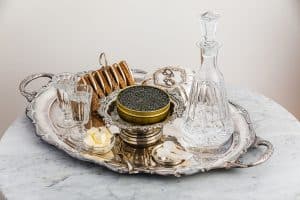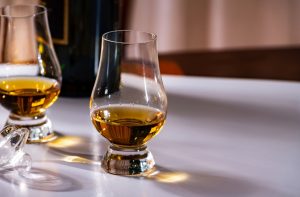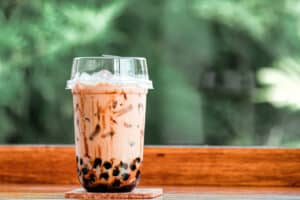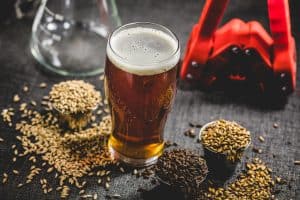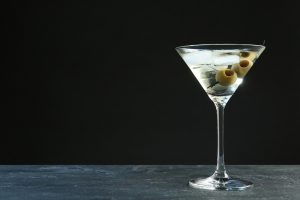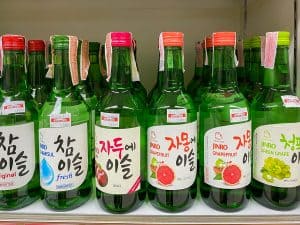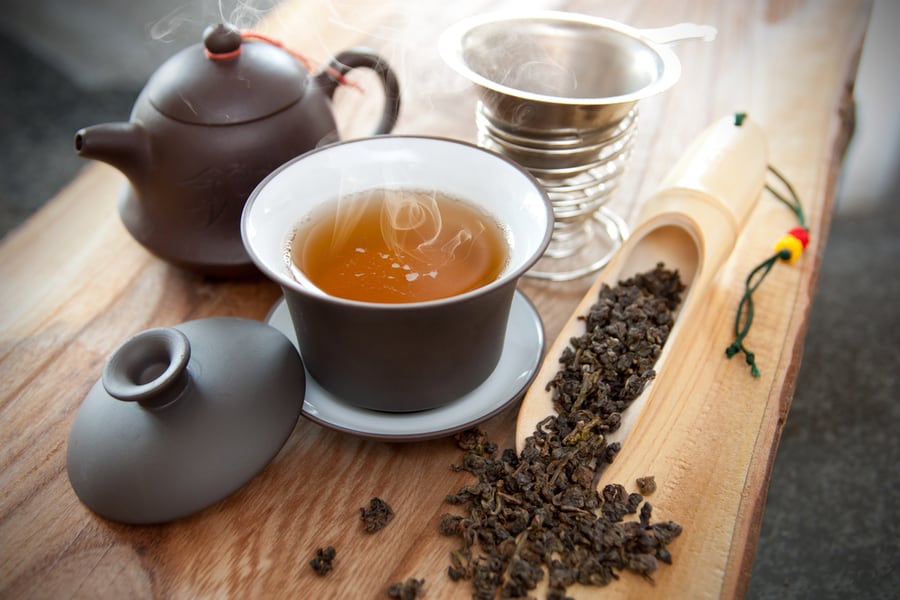
Oolong tea falls into the category of the most complex and a tea with countless varieties, so much so that it will take you a lifetime to try every blend. Like most of the teas out there, oolong tea traces its origin to China.
On the contrary, various benefits of oolong tea have been known for quite a while, unlike other tea blends that have found their plus points with the increasing focus on health.
Oolong tea helps in weight loss, increases brain functionality, has a calming effect (to tackle anxiety), and promotes better sleep.
However, the complexity factor in brewing this tea makes or breaks the taste. That’s why; it won’t be wrong to say that this tea requires some skill to make a perfect cup. But it doesn’t end there; knowing how to drink it is strongly linked with brewing.
It brings our attention to the question, how to drink oolong tea?
The way to drink oolong depends on the oxidation level or how much the leaves are roasted, which is light, medium, and strong. Also, it doesn’t stop there; unlike most teas with 3-4 additives, you can drink oolong tea with a vast range of additives, but the most preferred one is milk.
Here, we will go into the details of drinking based on the roasting of the tea leaves and will discuss numerous additives you can try to make a new blend of oolong tea every time, which offers a refreshing twist. So, continue reading for more.
Different Ways To Drink Oolong Tea
While you can debate that there are several varieties of oolong tea, with its preparation and additives changing from region to region.
However, the primary difference in drinking oolong tea depends on how much you roast the leaves and what you add to your tea.
Different Roasts
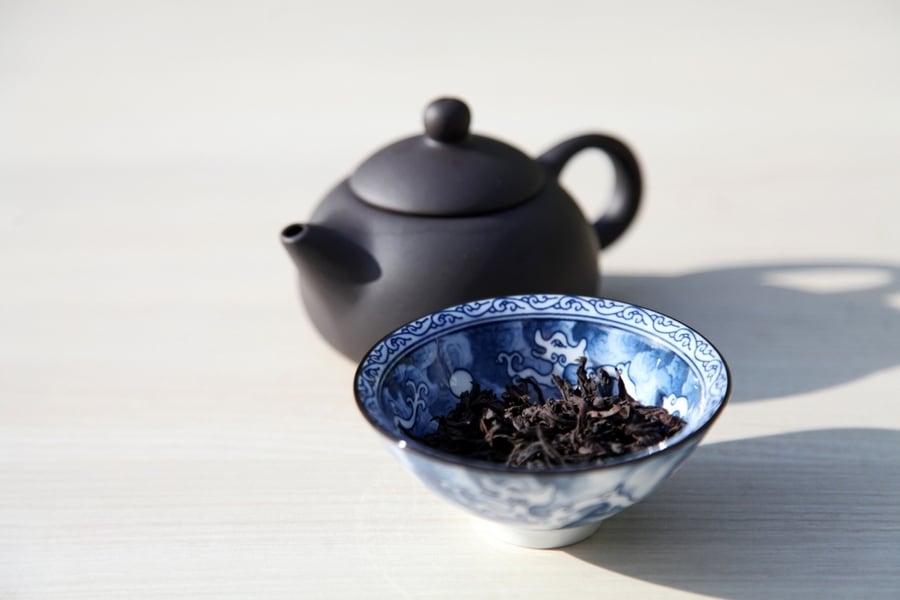
The flavor of oolong tea bounces between light, floral, and dark/chocolatey. These flavor profiles are developed based on the oxidation level and how much you roast. These categories also influence what you can add to your tea.
As a rule of thumb, drinking four cups daily of oolong tea is okay for the body, but it also depends on the amount of roasting. Hence, the more you roast, the stronger the flavor and strength, so the less you should drink.
Roasting is the go-to option to stop oxidation and ensure your tea leaves last longer. Not only that, the flavor is enhanced by the roasting, and you get a richer flavor.
Light Roast
The first category starts with a light roast. The tea’s color is similar to jade’s; hence, it is also called Jade tea. The taste is similar to green tea with a fragrant scent, and you can drink 3-4 cups of it per day.
The primary difference between green tea leaves and oolong tea leaves is the rolled-up ball-shaped leaves, which distinguish them from green tea.
Medium/Moderate Roast
This one brings out the nutty flavor profile of oolong tea. Concubine oolong tea is an example of this type, which adds honey-flavored characteristics to the tea.
It achieves a perfect balance between earthy flavor and floral/fruity flavor.
High/Heavy Roast
The last option here is for coffee lovers and carries a profound thickness akin to coffee. The earthy taste takes over the flavor mostly and is similar to black tea.
However, the hint of floral/fruity taste stays distinctive to oolong tea, even for a high roast.
While roasting makes up most of the flavor development and how you should drink it, the amount of oxidation also influences the flavor of the tea.
Adding Flavor to Your Oolong Tea

The complexity and variety in the flavors start when you begin with the additives. With the advancement of technology, the processing technology of teas has improved. So, it can raise the question of which tea is better with additives, Chinese or Taiwanese oolong tea.
Hence, some of the best ways to enjoy your cup of oolong tea.
Iced Oolong Tea
Taiwanese oolong teas are preferred over Chinese ones because they are less roasted compared to their Chinese counterparts for iced oolong teas. But if the sweetness is of no concern for you, you can experiment with other blends.
Maple Oolong Tea
This blend requires you to make milk oolong tea and, in the end, add maple syrup to it to your taste. The flavor of this tea is sweet but earthy, as both maple syrup and oolong tea carry similar characteristics, so they complement each other.
Honey and Cinnamon Oolong Tea
You can prepare these teas as honey oolong tea and cinnamon separately or combine them.
The difference between stand-alone and combined blends is, in blended form, you add honey and cinnamon after preparing your oolong tea, but that may or may not be the case for the other option.
You can always replace honey with vanilla oolong tea and add non-dairy milk to make a new blend.
Oolong Bubble Tea With/Without Berries
Another option at your disposal is the recently popular boba tea.
Brew a cup of your regular oolong tea, and in a separate glass, get your tapioca pearls ready, add ice over them, and pour tea over them. You have your bubble oolong tea ready.
Also, to add to the fruity taste, you can add raspberries, blueberries, or cranberries by crushing them (remember to add them before tapioca pearls.
Takeaway
Lastly, there are countless methods to drink oolong tea, so here are some reference and popular options that you can try. So, to reiterate, you can drink your oolong tea as a refreshing and light drink, a strong yet mild one, and the darkest blend as a replacement for coffee.
Similarly, you can choose from numerous additives available to you. You can add vanilla, honey, cinnamon, or a combination of the three, make bubble oolong tea, add maple syrup, make an iced oolong tea, make milk oolong tea, and so on.


